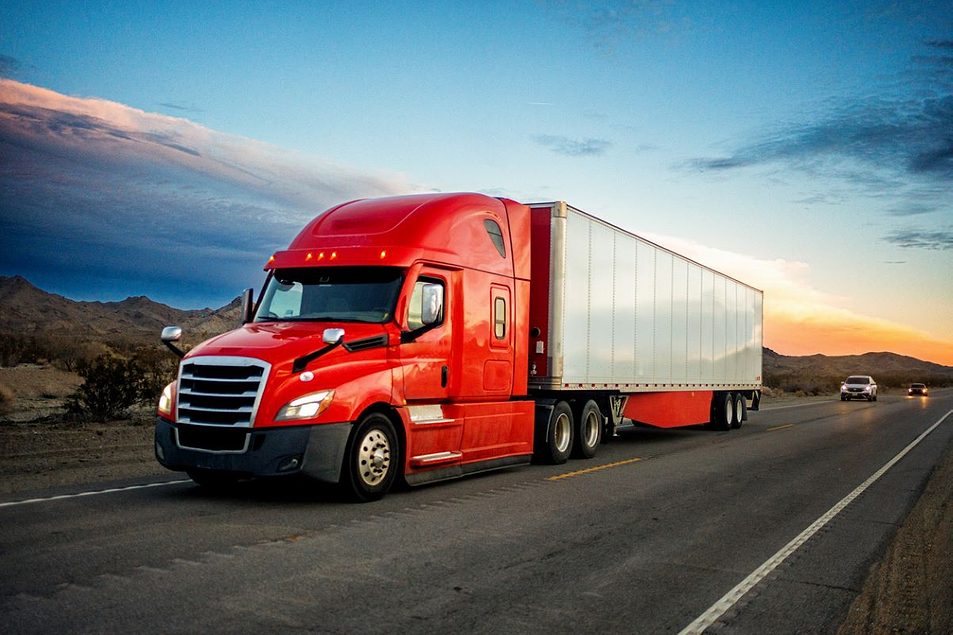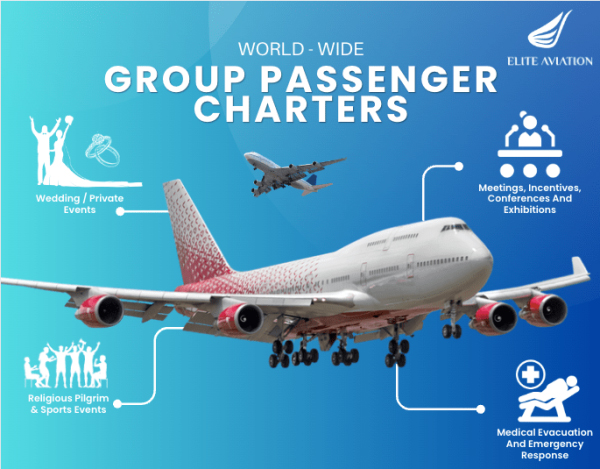[ad_1]
The trucking industry is undergoing one of its most pivotal shifts in decades. Between market volatility, rapid advances in automation and rising customer expectations, transportation leaders are being forced to rethink legacy systems and outdated ways of operating.
At Optimal Dynamics’ recent Transportation Leadership Strategy Session, 25 industry peers gathered to exchange perspectives on how we’re all adapting to these pressures. It was a candid, solutions-focused conversation that dug deep into what’s working, what’s not, and where we go from here.
Attendees explored emerging market trends and how organizations are responding in real time, strategic investments in automation and artificial intelligence, best practices in change management, and the key performance indicators that matter most for long-term sustainability.
One theme was clear: Transformation is underway, and those who lean into it will be better positioned for what’s next.
An Ever-Evolving Market
The freight market has never been static, but lately, the pace of change feels faster and more consequential than ever. There’s a growing sense that we may see a loosening of the regulatory environment — similar to the 2016-2020 period — which could offer carriers and logistics providers the chance to shift focus from compliance-heavy operations to strategic growth and efficiency. With fewer regulatory pivots to manage, the industry can redirect resources toward long-term innovation and profitability.
Disruptions, whether from extreme weather, geopolitical tension, or economic uncertainty, aren’t isolated events anymore; they’re recurring features of the freight landscape. Some companies are learning to use that volatility to their advantage, while others are still adapting. Either way, it’s clear we need to build resilience into the foundation of our operations, not just our contingency plans.
A final point that really resonated: Not all freight is good freight. Across the board, we’re seeing a move away from chasing volume toward cultivating quality relationships. Strong partnerships between shippers and carriers — ones rooted in shared goals and mutual accountability — are proving more valuable than ever.
Automation Becomes Essential
If there’s one thing our industry agrees on right now, it’s that automation is no longer optional. It’s reshaping nearly every aspect of how we run our businesses.
Paperwork remains one of the biggest bottlenecks. Many are investing in tools to automate proof-of-delivery processing, cutting down billing cycles and freeing up teams to focus on higher-value tasks. The result is faster payments and smoother cash flow.
How does digitization of operations impact the driver? While automation helps streamline dispatch and routing, it can also create a sense of disconnect if not handled thoughtfully. Leading companies are making sure drivers remain engaged and supported — because people are still at the heart of this business.
AI is starting to play a larger role in customer service. Some teams are deploying AI-powered phone agents to handle routine load searches and shipment updates. These tools are helping to reduce wait times, while freeing up human reps for more complex and nuanced conversations.
Mobile apps are becoming control centers for the modern driver. From real-time load tracking to accounting and communication features, the right integrations are helping reduce friction, increase efficiency, and give drivers more ownership over their day-to-day work.
Some of the most exciting developments are happening in AI-driven network optimization. The ability to automate key decisions — such as which freight runs best on your own assets, or how to assign optimal driver tours — is helping leaders turn mountains of operational data into smarter, faster action.
What’s clear is that the future of transportation isn’t just about automating tasks; it’s about building intelligent systems that support better decisions across the board. The companies that get this right won’t just run faster; they’ll run smarter.
The Importance of Change Management
Rolling out new technology isn’t just a matter of plug-and-play; it’s a cultural shift. Without a deliberate, people-first approach, even the best tech can fall flat.
The most successful technology initiatives are driven by clear project governance. That means securing executive sponsorship to champion the vision, designating internal champions to train and energize the teams, and empowering subject matter experts who can ensure that new tools work in the real world. These three roles form the backbone of any change initiative.
Another common roadblock is disconnected data. Too many still rely on “tribal knowledge” — critical information that lives in spreadsheets or inside people’s heads and artificial geographic boundaries. That’s not sustainable, especially when facing increasing pressure to scale and turn a profit in a challenging market. For this reason, centralized data governance is becoming essential. When everyone operates from the same source of truth, decision-making gets faster, more accurate and far less dependent on legacy processes.
People don’t resist change because they’re stubborn. They resist because they’re uncertain. The most effective way to earn employee buy-in is through transparency and trust. It’s not enough to deploy a new tool. You have to show how it makes someone’s day easier, safer or more efficient.
That could mean demonstrating how automation eliminates repetitive tasks, helps with workload balance, or enhances safety. When teams see that technology is here to support — not replace — their expertise, adoption becomes a partnership rather than a push.
Digital transformation in trucking is as much about people as it is about platforms. When leaders treat change management as a strategic pillar, not a box to check, that’s when real progress happens.
Which Metrics Matter?
With 25 transportation leaders in the room, there was no single set of KPIs that they could all agree on. And that makes sense: Every business has its own mix of customer demands, network strategies and operational goals. Still, a few metrics consistently rose to the top of the conversation, signals that seem to cut across company size, geography, and service model.
In addition to the traditional “revenue-per-mile” metric, many executives are focusing on revenue per day or per shift. This provides a more holistic view of profitability, especially when factoring in dwell time, detention and other real-world inefficiencies that miles alone don’t capture.
Despite all the tech and complexity we’re adding to operations, on-time percentage remains one of the simplest and most effective metrics. It’s not just about meeting service-level agreements. It’s a reflection of network reliability and customer satisfaction.
Both driver and asset utilization continue to be top of mind. If a truck or driver is sitting idle, money’s being lost. Maximizing productivity per available hour is essential, especially in a market where margins are tight.
Driver retention isn’t just a workforce issue — it’s a financial one. Recruiting and training new drivers is expensive. Keeping experienced, engaged drivers on the road is one of the clearest paths to improving both service and profitability.
As the industry evolves, so does the focus on safety metrics — not just tracking incidents but implementing preventative measures that reduce risk and promote a culture of accountability. It’s not just good for business; it’s the right thing to do.
Finally, sustainability metrics are no longer just marketing talking points. Shippers increasingly want emissions data when awarding freight, and new platforms are helping to track and report that data. But the landscape is still murky. Regulatory standards are evolving fast, and the pressure to get it right is only growing.
At the end of the day, the KPIs that matter most are the ones that align with corporate strategy and drive the business forward. Future success will hinge on how well companies harness technology, cultivate meaningful partnerships and adapt to an evolving industry landscape.
Erica Frank is vice president of marketing with Optimal Dynamics.
[ad_2]
Source link



